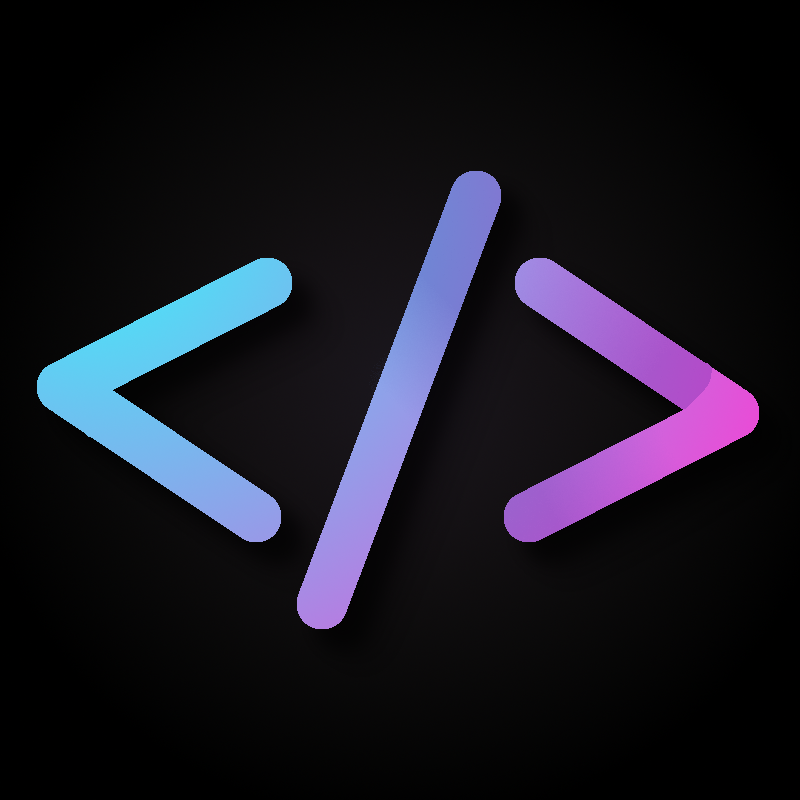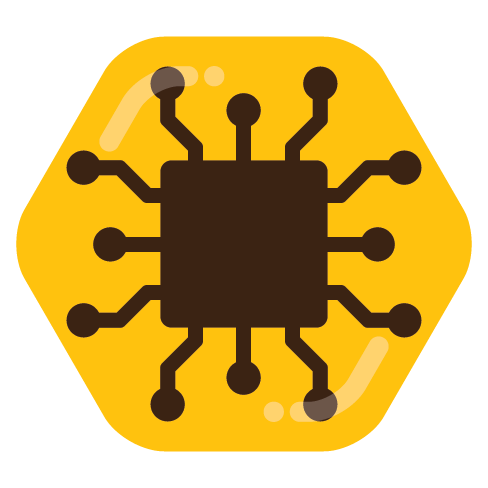IMO it will “succeed” in the early phase. Pre-seed startups will be able demo and get investors more easily, which I hear is already happening.
However, it’s not sustainable, and either somebody figures out a practical transition/rewrite strategy as they try to go to market, or the startup dies while trying to scale up.
We’ll see a lower success rate from these companies, in a bit of an I-told-you-so-moment, which reduces over-investment in the practice. Under a new equilibrium, vibe coding remains useful for super early demos, hackathons, and throwaway explorations, and people learn to do the transition/rewrite either earlier or not at all for core systems, depending on the resources founders have available at such an early stage.





Python deps can be dynamic, so it can be necessary to download the package and execute code just to find out.
Would be nice to see a resource that lists out the statically defined ones, though. Perhaps that’d pressure the dynamic ones to change – it’s a cause for some of the notorious pain of Python packaging.